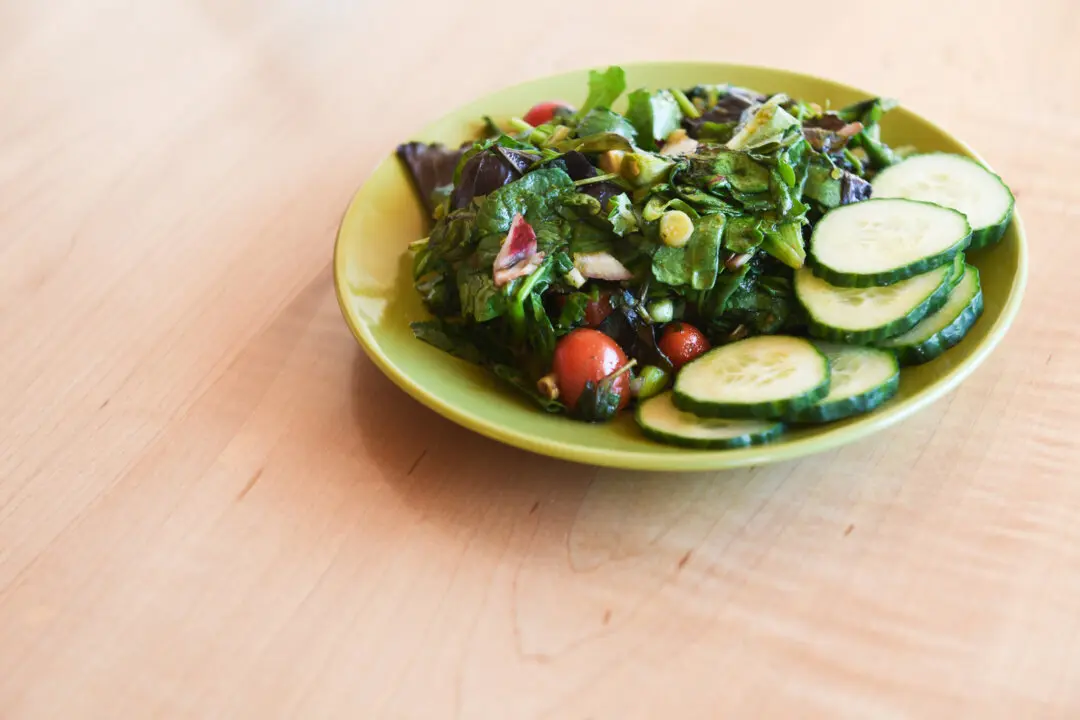By Bethany Jean Clement
From The Seattle Times
How do you write a cookbook? Cynthia Nims has nine to her credit, each very full of her very own recipes (and she has co-authored many more). Her latest — “Shellfish,” just out from Seattle’s Sasquatch Books — offers 50 new preparations she’s devised that encompass seven kinds of mollusks and crustaceans. A graduate of École de Cuisine La Varenne, she’s also former editor of Simply Seafood magazine, former food editor of Seattle magazine and a longtime freelance food writer. But, still: Where do all the recipes come from?






